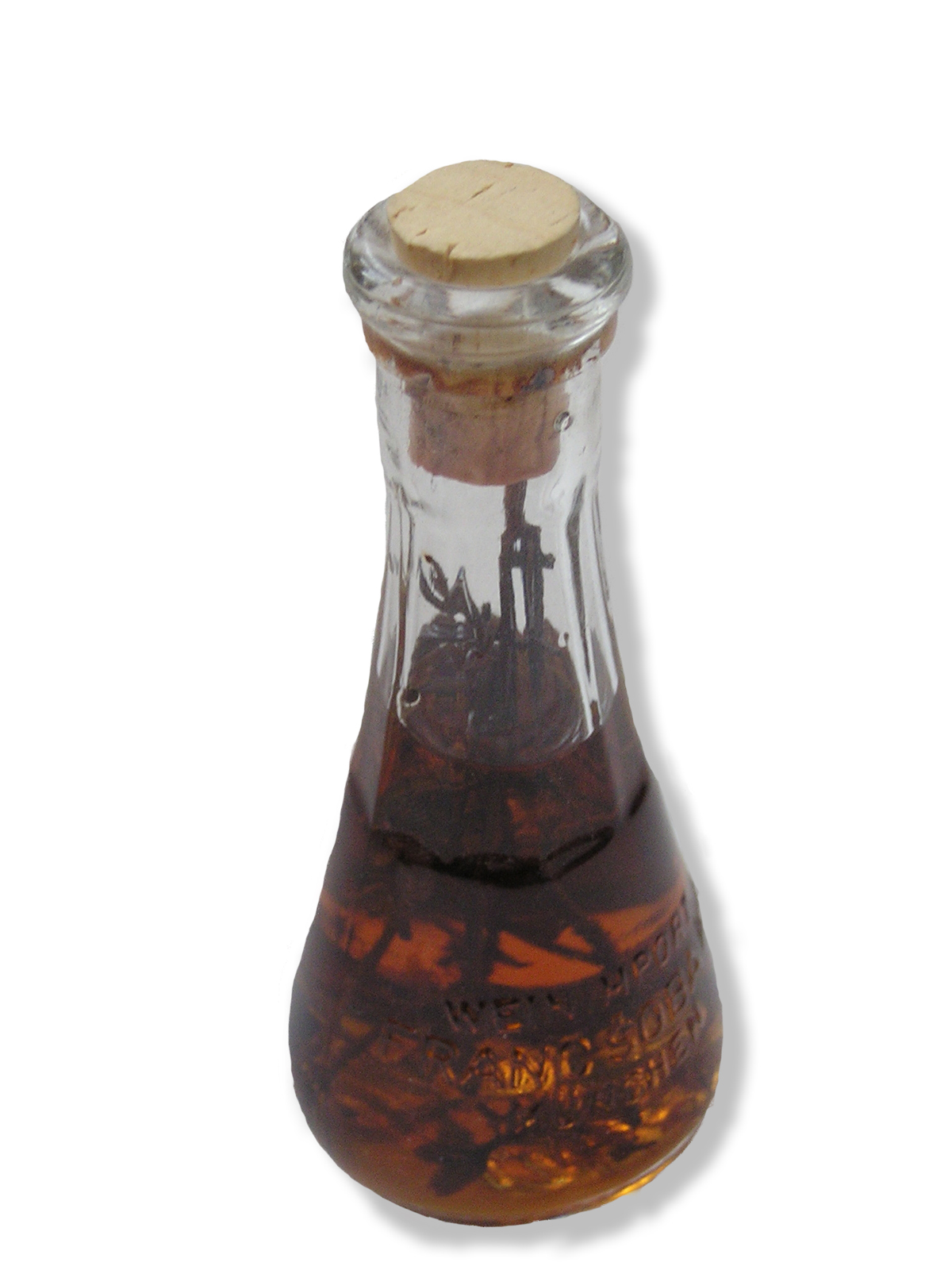Herbal gel may help improve cancer-related pain
Pain is a common effect of cancer and is also one of the symptoms dreaded the most by cancer patients. Cancer pain can result from the tumor itself or from treatments, such as chemotherapy. In particular, bone cancer pain is one of the most serious types of cancer-related pain. Analgesics, drugs used to relieve pain, are available but they are often associated with severe side effects and risk of addiction. In a recently published article*, researchers supported in part by the National Institutes of Health** tested the effects of a topical treatment on improving bone cancer pain in a rat model of cancer. Tong-Luo-San-Jie (TLSJ) is an herbal analgesic gel created by the researchers. TLSJ is a mixture of seven herbs that have been shown in earlier studies to reduce pain.

The researchers initially treated healthy rats with TLSJ gel to see if the gel resulted in toxicity. Compared to rats treated with a control gel, there were no differences in weight, behavior, or blood biochemistry tests, suggesting that the TLSJ gel was safe to use.
Next, the researchers applied the TLSJ gel to rats that had been injected with cancer cells to see if the gel was effective in decreasing pain. To determine changes in pain, the researchers used two types of paw withdrawal tests every few days, measuring when each animal withdrew its paws away from hurtful stimuli. If the animal withdrew its paw very quickly away from a heat source (such as a small light bulb), that indicated increased pain sensitivity to the heat source. The other test measured sensitivity to mechanical stimuli by poking the animal’s paw with von Frey filaments (thin wires of varying stiffness). If a very thin filament caused the animal to withdraw its paw that suggested the animal was very sensitive to pain. The results of this study showed that rats treated with TLSJ gel were able to withstand longer exposure to the heat stimulus and thicker von Frey filaments than rats treated with a control gel. These findings suggested that the TLSJ gel decreased the animals’ sensitivity to hurtful stimuli — in other words, after treatment with the TLSJ gel, the rats were less bothered by pain.
Then, the researchers wanted to know how the TLSJ gel caused decreased pain sensitivity. Bone cancer pain is caused by destruction of bone tissue, so the effects of TLSJ gel on specific bone cells was examined. Bone remodeling — the process of bone being broken down (by bone cells known as osteoclasts) and then re-formed (by osteoblasts) — is a normal, ongoing process that occurs in all of us. However, in cancer this process is altered and levels of two biomarkers associated with remodeling (BAP and ICTP) have been shown to increase in cancer patients and may indicate that cancer has spread to the bone.
In the current study, rats that were treated with TLSJ gel showed lower levels of BAP and ICTP compared to rats treated with control gel. In addition, the number of osteoclasts and osteoblasts were lower in TLSJ gel treated rats. The authors noted that the findings suggest that “the gel may be useful in managing cancer pain and that it may act by inhibiting osteoclastic activity.” The authors surmise that a receptor known as TRPV1 may also be involved in this process. When this receptor is activated, we experience a burning, painful sensation. TRPV1 receptors are found on nerves throughout the peripheral nervous system, including in bones. Research has suggested that TRPV1 receptors may be activated as osteoclasts break down bone during remodeling. The researchers posit that the TLSJ gel blocks osteoclast activity, which may decrease cancer pain by inhibiting the TRPV1 receptor.
They concluded, “Although the effective dosage in rats does not directly translate into an effective human dosage, the data from the present study nevertheless provides important information for determining potential dosages in future clinical studies.”
*Wang J, Zhang R, Dong C, Jiao L, Xu L, Liu J, … Lao L. (2012). Topical treatment with Tong-Luo-San-Jie gel alleviates bone cancer pain in rats. Journal of Ethnopharmacology, 143, 905-913.
**Project Number: 1R03TW008375-01A1





